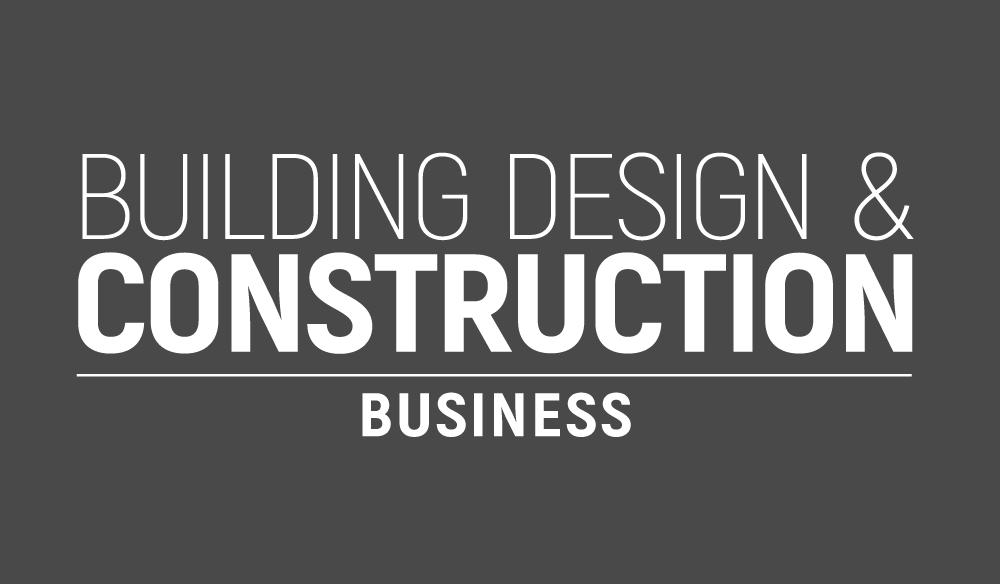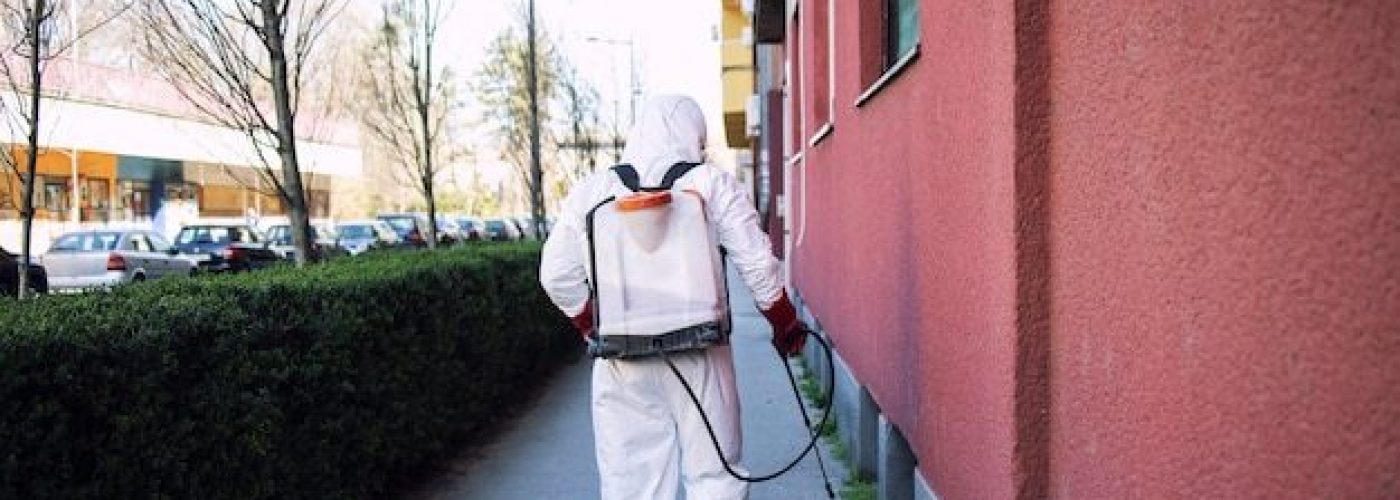Construction sites are bustling hubs of activity, but they can also be magnets for pests. From rodents and termites to ants and birds, infestations pose serious risks—damaging materials, disrupting schedules, and creating health hazards for workers. Often overlooked until it’s too late, pest problems can escalate quickly, leading to costly delays and repairs. Integrating early prevention strategies into site planning isn’t just a precaution—it’s a smart investment. By addressing potential infestations proactively, construction managers can protect both their timeline and budget, ensuring projects stay on track and costs remain under control.
The Role of Professional Pest Control
Engaging professional pest control early in a construction project can make a significant difference. Experts like Hawx Pest Control provide thorough site inspections, identify potential vulnerabilities, and implement targeted preventive measures before pests can establish themselves. Their services often include monitoring, baiting, and physical barriers, ensuring that infestations are caught before they escalate. Beyond immediate protection, professional pest control ensures compliance with safety regulations and provides documentation for inspections.
Common Construction Site Pests
Construction sites can attract a wide range of pests, each posing unique challenges. Rodents, such as rats and mice, gnaw on wiring and insulation, creating fire hazards. Termites target timber structures, causing long-term structural damage if left unchecked. Ants and cockroaches thrive in cracks, debris, and food waste, spreading bacteria and affecting worker safety. Birds and flies are drawn to unsecured materials and overflowing rubbish, increasing contamination risks. Seasonal factors can amplify infestations, with warmer months favoring insect activity. Understanding which pests are likely to appear helps managers implement focused preventive measures, protecting both materials and project schedules.
How Pests Disrupt Construction Projects
Even a minor pest problem can derail a construction timeline. Infestations may require halting work for fumigation or clean-up, delaying project milestones. Materials can be severely damaged—rodents chew through wiring and insulation, while termites compromise timber integrity. Workers face health risks from bites, contamination, and allergens, which can lead to absenteeism or accidents. Sites failing to meet hygiene or safety standards may also face regulatory penalties or shutdowns. These disruptions not only increase labor and repair costs but also undermine client confidence.
Early Prevention Strategies
Preventing infestations starts with environmental management and routine oversight. Removing standing water, sealing stored materials, and maintaining site cleanliness reduce pest-attracting conditions. Integrated Pest Management (IPM) principles—including monitoring, habitat modification, and physical barriers—help control pests sustainably. Pre-construction treatments like soil treatment or bait placement create additional protection. Regular inspections, preferably in collaboration with pest control professionals, allow early detection and swift action. By incorporating prevention measures into everyday site practices, construction managers can reduce infestation risks, minimize damage, and keep work progressing smoothly.
The Hidden Costs of Ignoring Pests
Neglecting pest control can result in hidden costs far exceeding initial preventive investments. Direct expenses include material replacement, fumigation, and labor to repair damaged areas. Indirect costs, however, can be even higher: project delays, reduced productivity, potential lawsuits, and reputational damage to contractors. Even small infestations can escalate quickly if unchecked, multiplying expenses. For example, a single termite colony in timber framing can compromise structural integrity, requiring major repairs. Anticipating pest threats and acting early means that managers can prevent these cascading costs and protect both the budget and the construction project’s timeline.
Conclusion
Construction site pests are more than a nuisance—they are a threat to safety, schedules, and budgets. Early prevention, combined with professional oversight from experts, minimizes the risk of infestations and costly disruptions. By integrating environmental management, technology, and routine inspections, managers protect both materials and workers while maintaining project timelines. Investing in proactive pest control is not an expense—it’s a strategic decision that saves money, time, and stress. Preventing problems before they arise ensures smoother, safer, and more efficient construction projects from start to finish.





